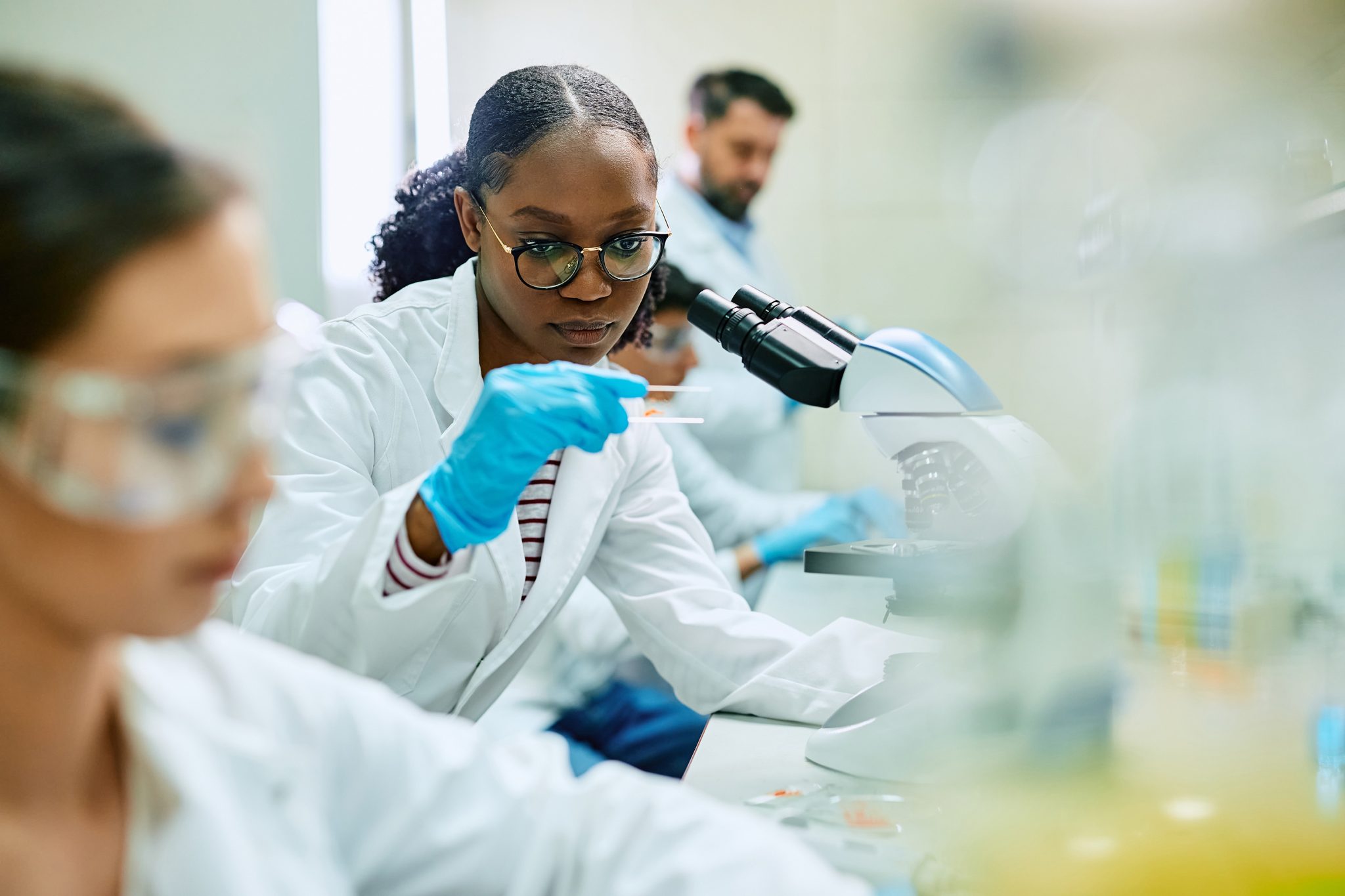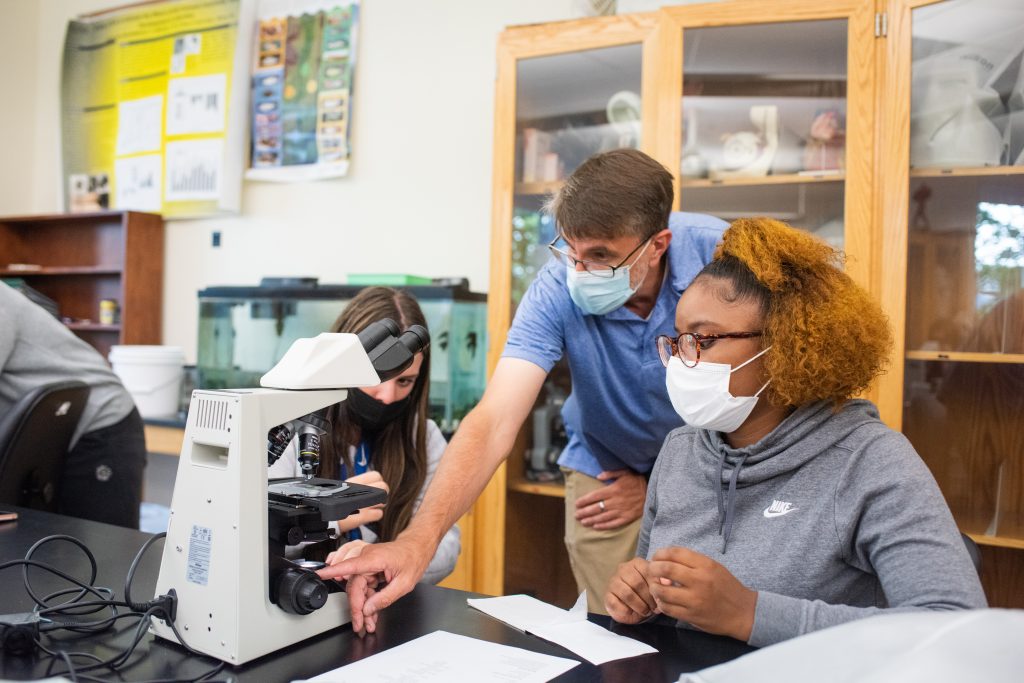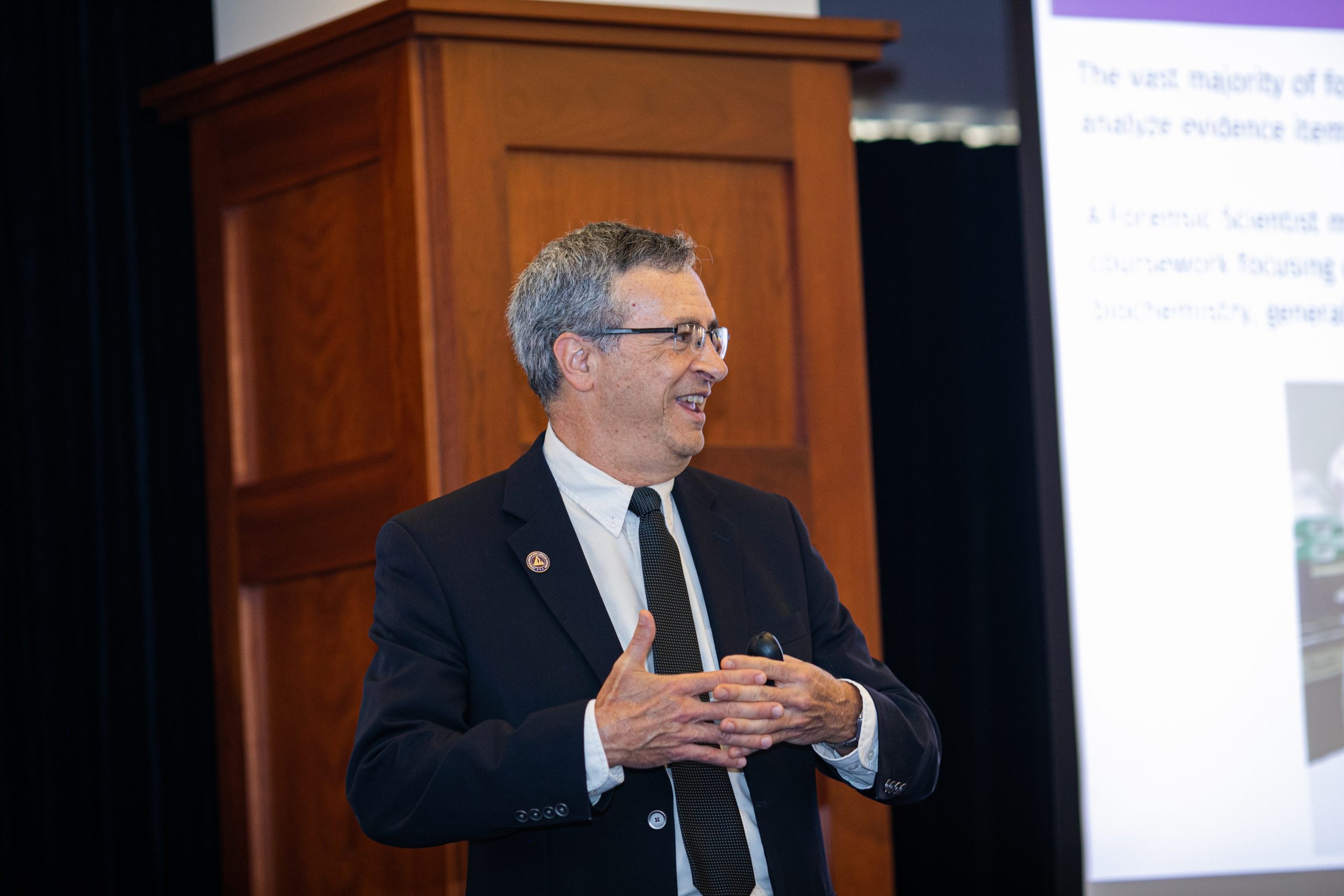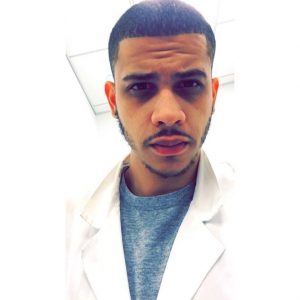My research interests range broadly within the field of analytical chemistry, including environmental chemistry, food chemistry, and forensic chemistry. When working with students in my research, I like to find out what interests them and, together we design a viable research experience around that interest. My students regularly present research posters at Saint Rose’s Undergraduate Research Symposium, and some students have presented posters at the local American Chemical Society Undergraduate Research Symposium and the Sigma Xi induction ceremony.
My research interests include computational and theoretical chemistry. I use molecular dynamics simulations to study properties of various aqueous solutions and interfaces at the atomic/molecular level. I have published numerous peer-reviewed journal articles and have presented at national and regional conferences of the American Chemical Society.
I like to incorporate highly motivated undergraduate students into my research projects. These students have presented their findings at the Undergraduate Research Symposium at The College of Saint Rose, and also at meetings of the Eastern New York Section of the American Chemical Society and the Albany Chapter of Sigma Xi.
My research has revolved around plant physiology and ecology, with a more recent focus on terrestrial woody plants. Broadly, I am interested in the conservation of woody plant species, especially via ex situ cultivation, as well as gaining a better understanding of difficult species complexes such as oaks, willows, brambles, and hawthorns.
I earned my bachelor’s in biology at Clark University, where I was first introduced to academic research under the guidance of enthusiastic and supportive mentors. It was this experience that made me want a career where I, too, could teach and mentor students. After a few years as a technician in a cancer biology lab, I pursued graduate studies at UMass Medical School and earned my Ph.D. in biomedical sciences.
As a result of my previous experiences, I am interested in the ways in which environmental changes affect microbial growth and physiology. I have taught and mentored students at the graduate and undergraduate levels and find that research and teaching are best when paired together. I am also committed to science outreach and communication in the community and enjoy finding ways to incorporate science communication skills in the classroom.
My research interests range broadly within the field of analytical chemistry, including environmental chemistry, food chemistry, and forensic chemistry. When working with students in my research, I like to find out what interests them and, together we design a viable research experience around that interest. My students regularly present research posters at Saint Rose’s Undergraduate Research Symposium, and some students have presented posters at the local American Chemical Society Undergraduate Research Symposium and the Sigma Xi induction ceremony.
My research interests include computational and theoretical chemistry. I use molecular dynamics simulations to study properties of various aqueous solutions and interfaces at the atomic/molecular level. I have published numerous peer-reviewed journal articles and have presented at national and regional conferences of the American Chemical Society.
I like to incorporate highly motivated undergraduate students into my research projects. These students have presented their findings at the Undergraduate Research Symposium at The College of Saint Rose, and also at meetings of the Eastern New York Section of the American Chemical Society and the Albany Chapter of Sigma Xi.
My research has revolved around plant physiology and ecology, with a more recent focus on terrestrial woody plants. Broadly, I am interested in the conservation of woody plant species, especially via ex situ cultivation, as well as gaining a better understanding of difficult species complexes such as oaks, willows, brambles, and hawthorns.
I earned my bachelor’s in biology at Clark University, where I was first introduced to academic research under the guidance of enthusiastic and supportive mentors. It was this experience that made me want a career where I, too, could teach and mentor students. After a few years as a technician in a cancer biology lab, I pursued graduate studies at UMass Medical School and earned my Ph.D. in biomedical sciences.
As a result of my previous experiences, I am interested in the ways in which environmental changes affect microbial growth and physiology. I have taught and mentored students at the graduate and undergraduate levels and find that research and teaching are best when paired together. I am also committed to science outreach and communication in the community and enjoy finding ways to incorporate science communication skills in the classroom.
My academic background is diverse. I am currently interested in how organisms cope with environmental stressors. I have worked in labs that focused on teleost reproduction and development, adipogenesis in a mammalian cell line, and ischemia reperfusion in mammalian lungs. Students in my lab are currently determining the physiological effects of the toxin carbaryl on zebrafish development.
I teach first and second semester organic chemistry, lecture, and laboratory and an upper-level laboratory course in organic chemistry. In addition to the organic chemistry offerings, I also teach a course in medicinal chemistry. I include my students in my research which includes the synthesis of heterocyclic organic molecules via transition-metal catalyzed oxidative C-H amination.
Two Saint Rose students have been awarded summer research grants to work on these projects. My research students have also presented posters on their work at the undergraduate research symposium here at the College of Saint Rose, at the annual meeting of the Albany chapter of Sigma Xi and at the annual undergraduate research symposium hosted by the Eastern New York Section of the American Chemical Society.
I gained leadership experience through a 23-year career as an officer in the U.S. Army in the Field Artillery from Lieutenant to Lieutenant Colonel. As an Army physicist, I worked at the Army Research Laboratory on foliage and ground-penetrating radar design and testing.
I have attended a number of workshops on innovative techniques for improving student performance and understanding in undergraduate physics courses, to include peer instruction, workshop physics, and studio physics. I use physics education research to inform my classroom presentations, and I am open to working on any physics problem that a student is interesting in investigating.
My teaching interests include genetics, cell biology, principles of biology, human heredity, and my research interests include antibiotic resistance in our environment, human traits influenced by androgen sensitivity, and HIV resistance in humans.
My academic background is diverse. I am currently interested in how organisms cope with environmental stressors. I have worked in labs that focused on teleost reproduction and development, adipogenesis in a mammalian cell line, and ischemia reperfusion in mammalian lungs. Students in my lab are currently determining the physiological effects of the toxin carbaryl on zebrafish development.
I teach first and second semester organic chemistry, lecture, and laboratory and an upper-level laboratory course in organic chemistry. In addition to the organic chemistry offerings, I also teach a course in medicinal chemistry. I include my students in my research which includes the synthesis of heterocyclic organic molecules via transition-metal catalyzed oxidative C-H amination.
Two Saint Rose students have been awarded summer research grants to work on these projects. My research students have also presented posters on their work at the undergraduate research symposium here at the College of Saint Rose, at the annual meeting of the Albany chapter of Sigma Xi and at the annual undergraduate research symposium hosted by the Eastern New York Section of the American Chemical Society.
I gained leadership experience through a 23-year career as an officer in the U.S. Army in the Field Artillery from Lieutenant to Lieutenant Colonel. As an Army physicist, I worked at the Army Research Laboratory on foliage and ground-penetrating radar design and testing.
I have attended a number of workshops on innovative techniques for improving student performance and understanding in undergraduate physics courses, to include peer instruction, workshop physics, and studio physics. I use physics education research to inform my classroom presentations, and I am open to working on any physics problem that a student is interesting in investigating.
My teaching interests include genetics, cell biology, principles of biology, human heredity, and my research interests include antibiotic resistance in our environment, human traits influenced by androgen sensitivity, and HIV resistance in humans.









